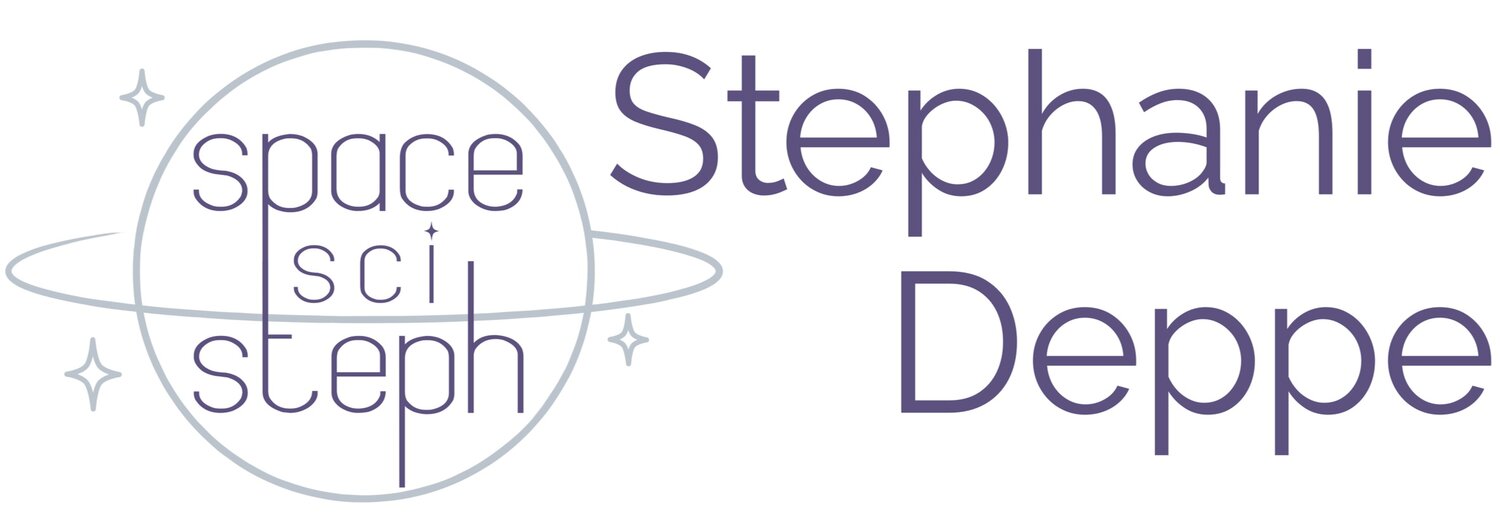New Astrobites Post: Using Simulations to Predict the Solar Corona
/My latest post for Astrobites is now live!
For the paper I covered, I got to relive a little bit of the amazing experience that was the 2017 total solar eclipse (I wrote another blog post about it here). Total solar eclipses provide us with rare opportunities to study parts of the Sun that are otherwise completely outshone – namely, the corona. The authors of the paper used observations of the Sun’s magnetic fields in the weeks leading up to the eclipse to try to predict what the corona would look like on the day of the eclipse – in other words, they were trying to predict space weather!
They did reasonably well, but they also clearly demonstrated that we don’t have nearly enough instruments taking data of the Sun to be able to accurately predict its weather. But we need to be able to do this, because a powerful solar storm has the potential to knock out our satellites, electrical grids, and other various technology we use to survive! With enough advance warning, like that provided by space weather forecasting, we could mitigate the harmful effects of a solar storm.

